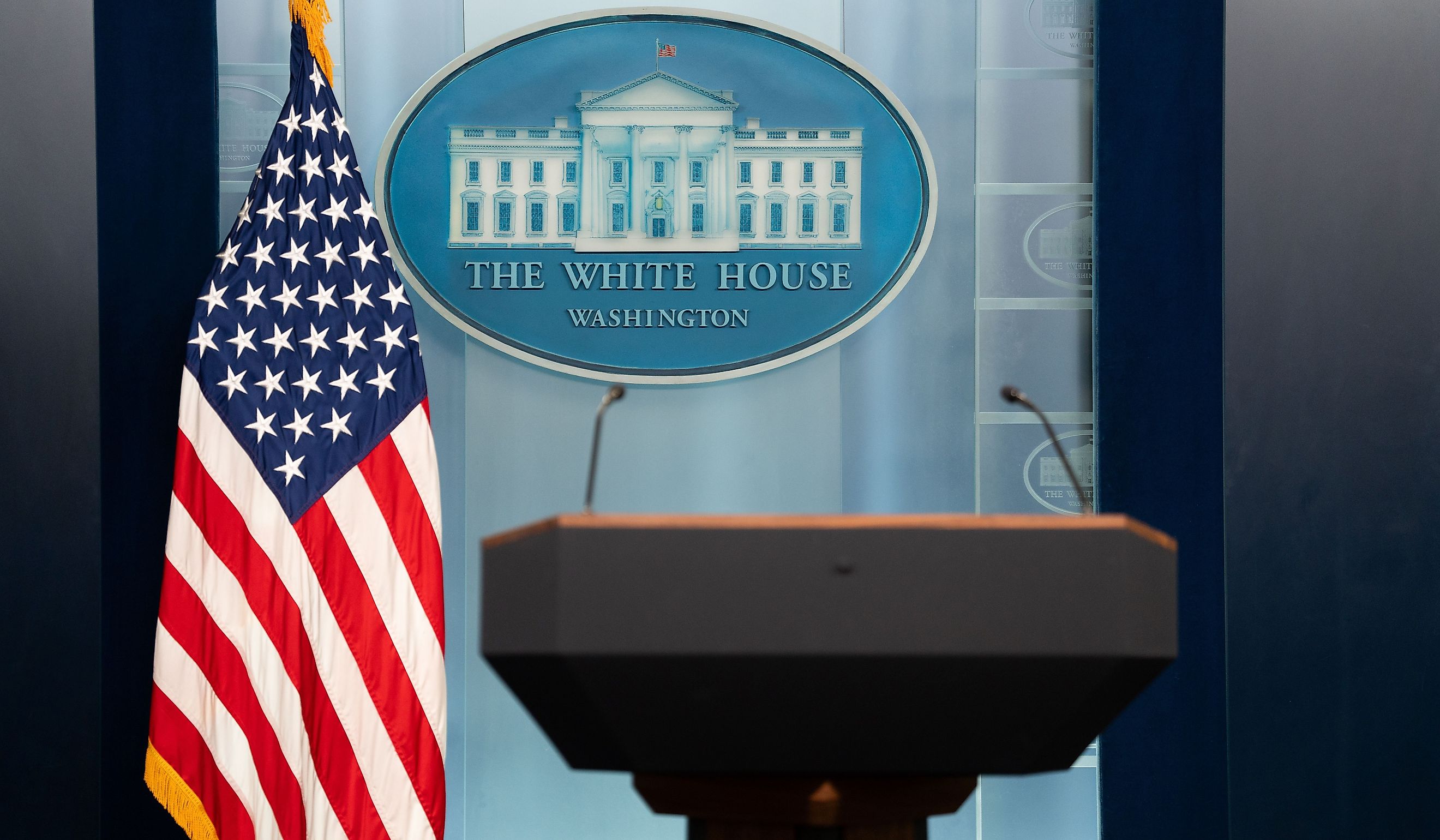
10 Rules That Former Presidents Have To Follow After Leaving Office
When a United States president finishes their term, the work and responsibilities are far from over. They continue to be a vital part of the country’s diplomacy, decision-making, and communication. Consequently, they are given specific expectations, guidelines, and benefits to help them effectively manage their ongoing roles and preserve their legacy. The following ten guidelines ensure that they have the security measures, resources, and support to remain engaged in public life and contribute to both domestic and international affairs.
1. Forbidden to Run For Office After Two Terms

Following Franklin D. Roosevelt’s unprecedented fourth-term election, legislators began to discuss the impact that excessive presidential terms could have on the country’s democracy. Prior to Roosevelt, none of the 31 presidents had served over two terms, making this a new and significant issue for debate. As a result, lawmakers implemented the 22nd Amendment which capped a president’s career to two terms. Presidents such as Bill Clinton, George W. Bush, and Barack Obama, for example, are barred from running for a third term under the Constitution. In contrast, presidents who have served only one term, such as Donald Trump, have the opportunity to run again.
2. Cannot Drive on Public Roads
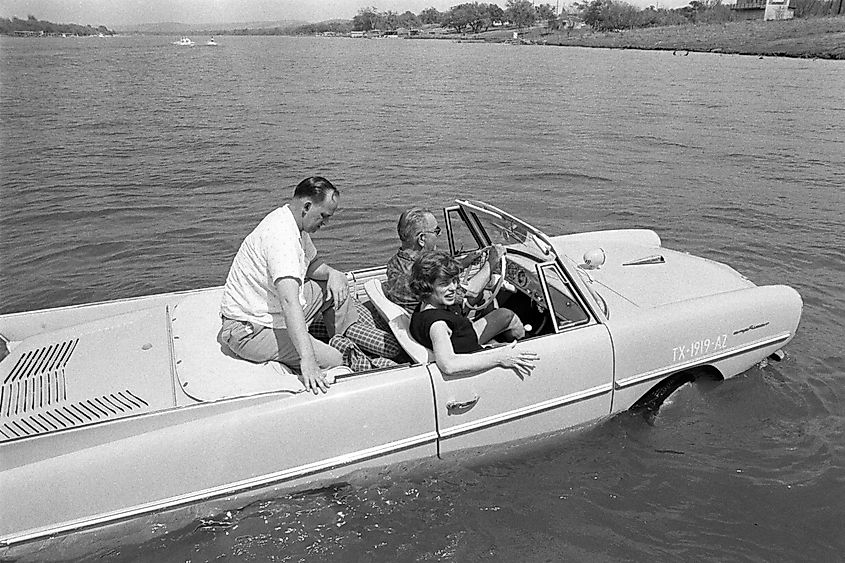
Following the assassination of John F. Kennedy in 1963, security detail for US presidents transformed to become much stricter. In fact, the last president to drive on public roads was Lyndon B. Johnson. George W. Bush revealed in an interview with Jay Leno in 2017 that he had not driven on a public road in 25 years and only drove within his private ranch roads. When former presidents need to travel, their secret service teams, trained in defensive and evasive driving techniques, are in charge of transporting them safely.
3. Expected To Travel
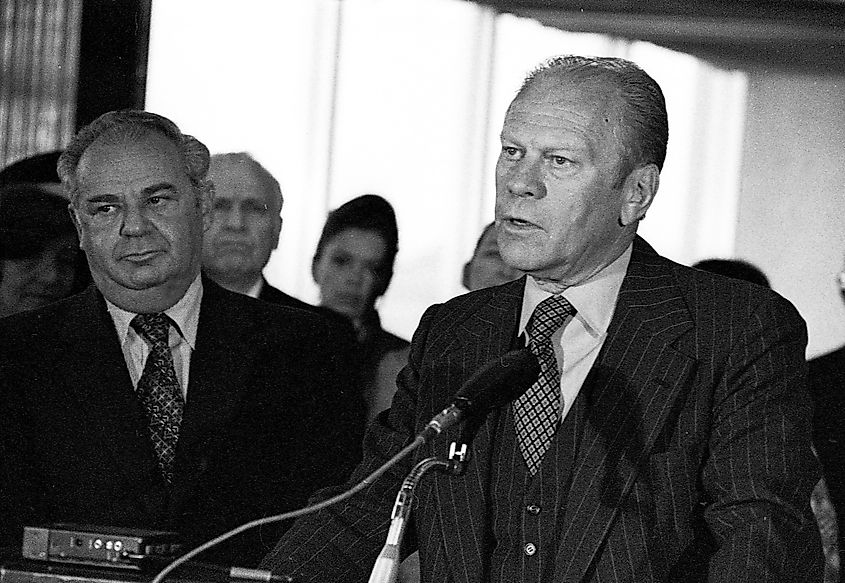
The implementation of The Former Presidents Act of 1958 provided several additional benefits to former presidents, including a generous travel allowance to encourage diplomatic travel. Per the travel stipend, they can receive up to one million dollars in reimbursement for themselves and two staff members. Spouses of former presidents can also receive up to $500,000 per year, which covers travel and any security they may need during their trip. They additionally have access to diplomatic passports, permitting them to more freely travel internationally without needing to apply for visas.
4. Encouraged to Establish Presidential Libraries

In 1955, Congress passed the Presidential Libraries Act, creating a system for preserving presidential records and strongly encouraging presidents to establish their own libraries after leaving office. The purpose of the libraries is to allow the public to access records, papers, and other historical materials from US presidents during their time in office. Since presidents construct the library themselves, they may select the location, with many former presidents choosing for the library to be placed in their hometowns. Newer libraries also have electronic records available for viewing, such as images and emails.
5. Expected to Set Up A Post-Presidency Office
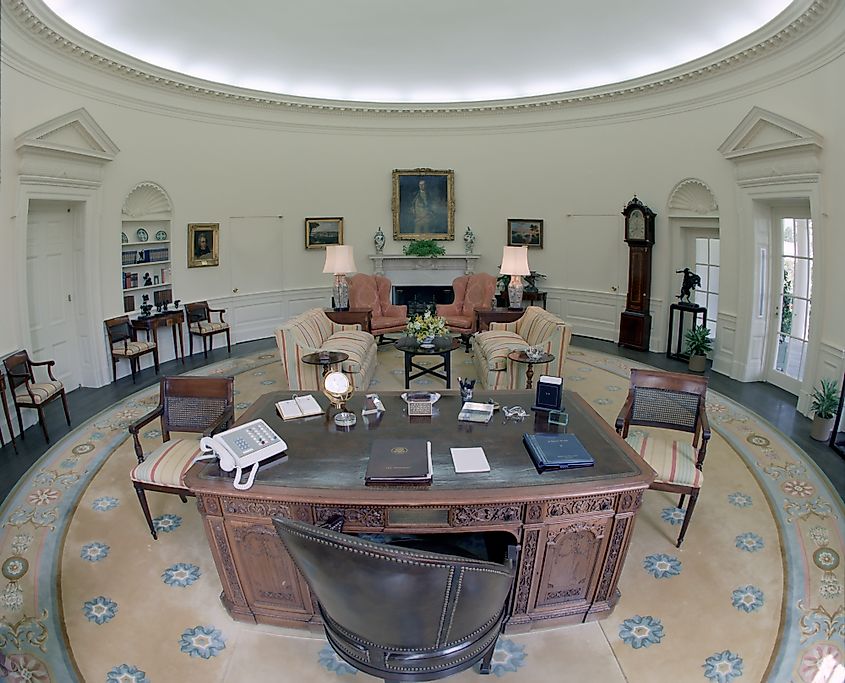
Per the Former Presidents Act of 1958, six months after leaving office, former presidents begin receiving annual funding from the General Services Administration (GSA) to establish and maintain their own Oval Office-style space at a location of their choice within the United States. This funding covers expenses for furnishing the office, purchasing necessary equipment, and hiring administrative and support staff. This funding and support enables former presidents to carry out post-presidency activities, such as managing their legacy, engaging in public speaking, and conducting ongoing diplomatic or public service work.
6. Cannot Break the Law and Expect Immunity
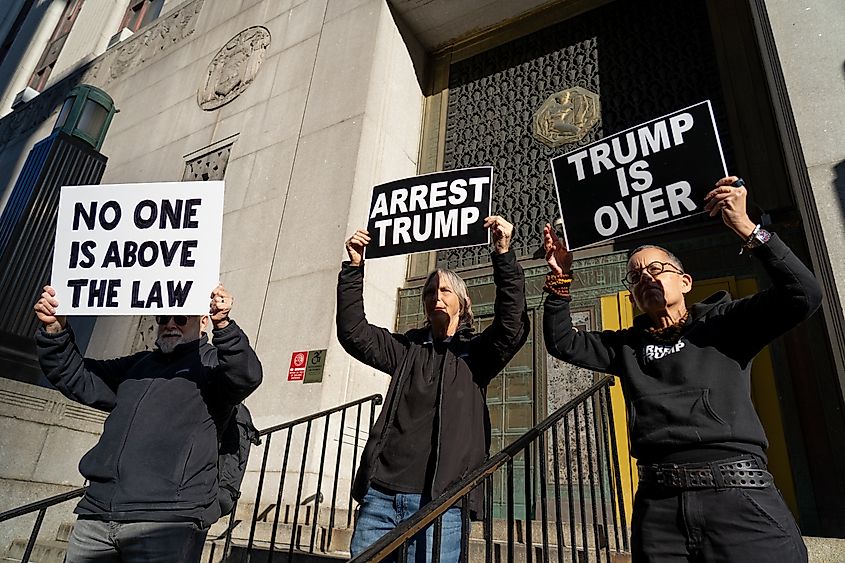
While a current US president may receive some immunity from prosecution for certain actions they committed during their time in office, a former president is treated as a private citizen under the law and is subject to the same legal scrutiny as any ordinary citizen. If a former president breaks the law, they will be held accountable under the same legal system and face prosecution just like any other U.S. citizen. This policy ensures that no one, regardless of their former office, is above the law.
7. Barred From Sharing or Selling Classified Information
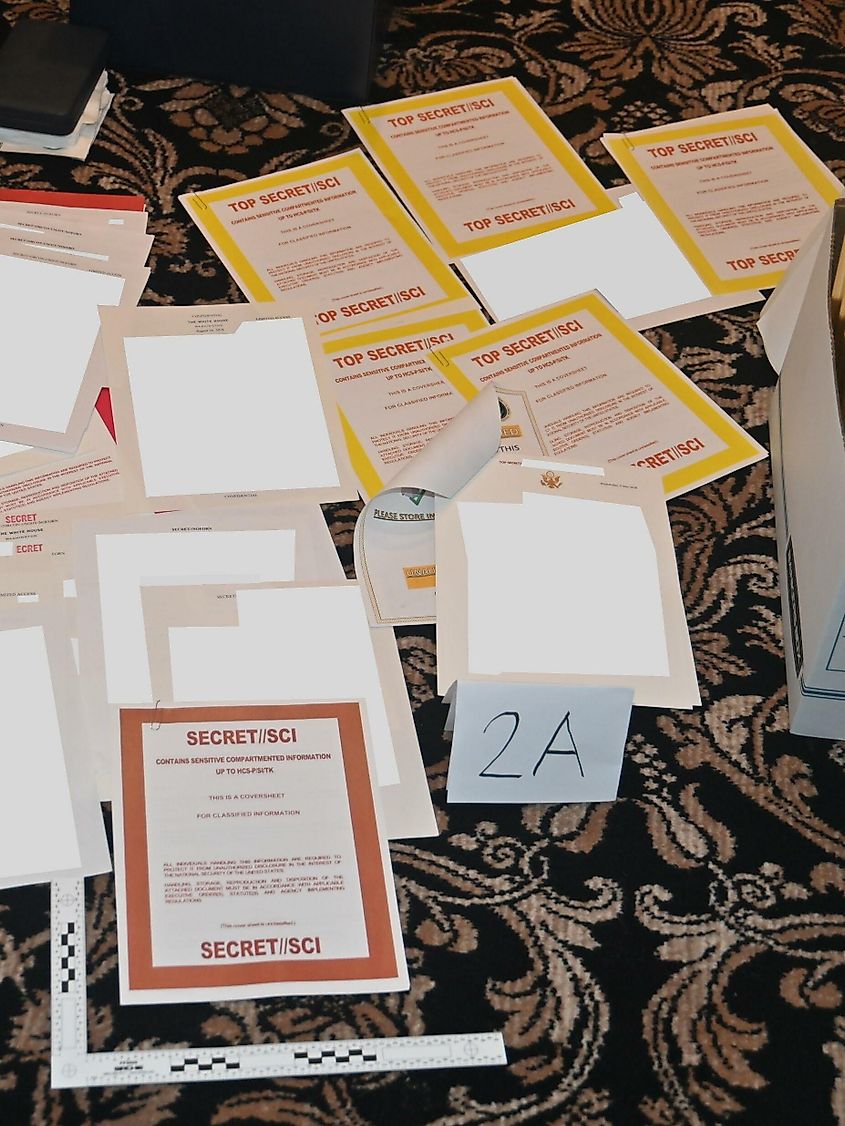
Former presidents continue to possess a significant amount of sensitive information even after leaving office, as they have access to confidential details during their presidency and often remain informed afterward for diplomatic and security reasons. For instance, if a former president travels to a foreign country to meet with a prime minister or leader, they need to be aware of any political concerns related to that leader. However, as presidential historian Mike Purdy explains, former presidents are strictly prohibited from sharing or selling this information due to the potential for catastrophic security breaches.
8. Cannot Directly Purchase Their Electronic Devices
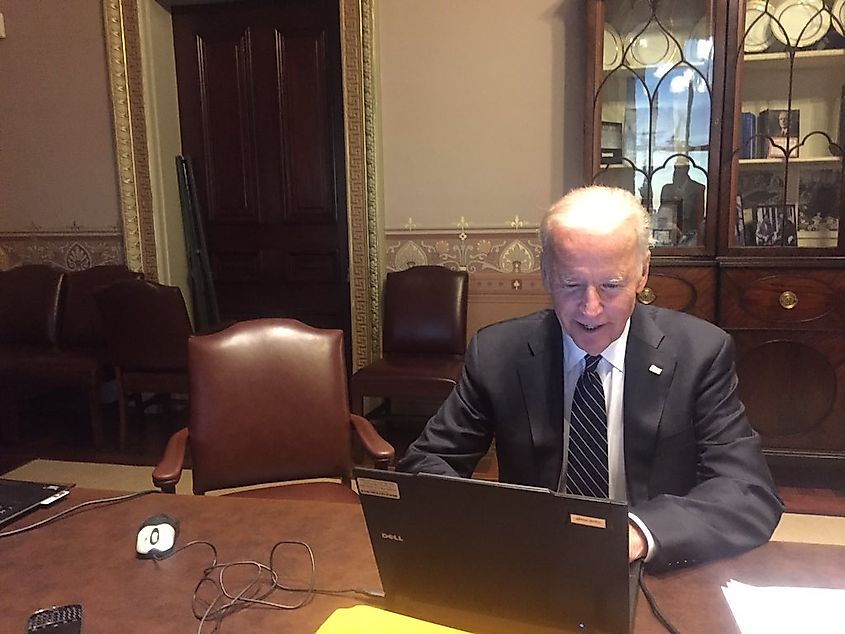
Since former presidents continue to receive and handle confidential information, they must follow specific security procedures with their electronic devices, including laptops, tablets, and phones. For example, before purchasing any new device, the former president must obtain approval from the Secret Service to ensure it meets security standards, meaning that they cannot simply order a device online or walk into a store. These rules are in place for a good reason. President Trump, for instance, disregarded this protocol on several occasions, leading to the hacking of numerous of his electronic devices.
9. Unable to Receive Secret or Private Deliveries
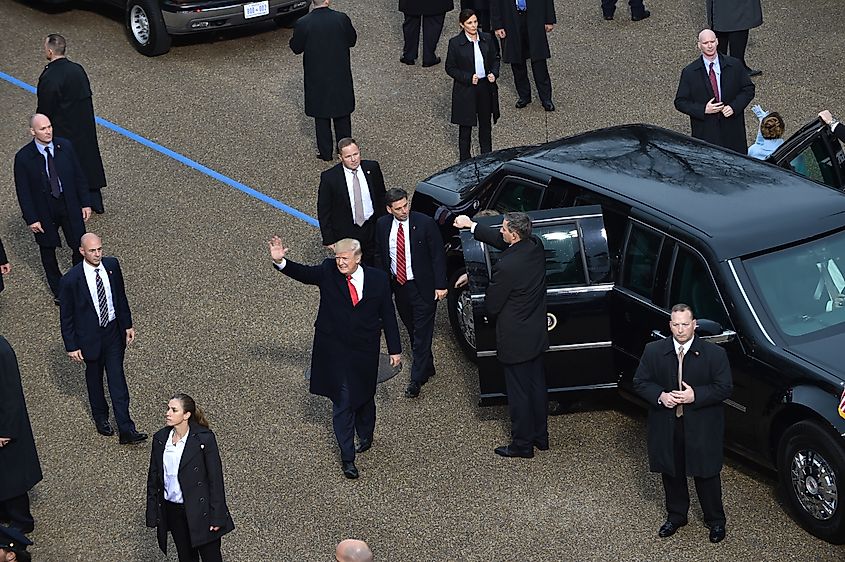
Even after leaving office, many activities of former presidents remain under strict Secret Service oversight. One example of this is the monitoring of their package deliveries. Before a former president can receive a package, the Secret Service must review its contents in a separate facility to keep any potential security threats away from the former president. Like the electronic device policy, this package screening is more than just a routine security measure. In 2018, for example, the Secret Service successfully intercepted suspicious packages that had been sent to both Obama and Clinton.
10. Encouraged to Stay In The Trowbridge House
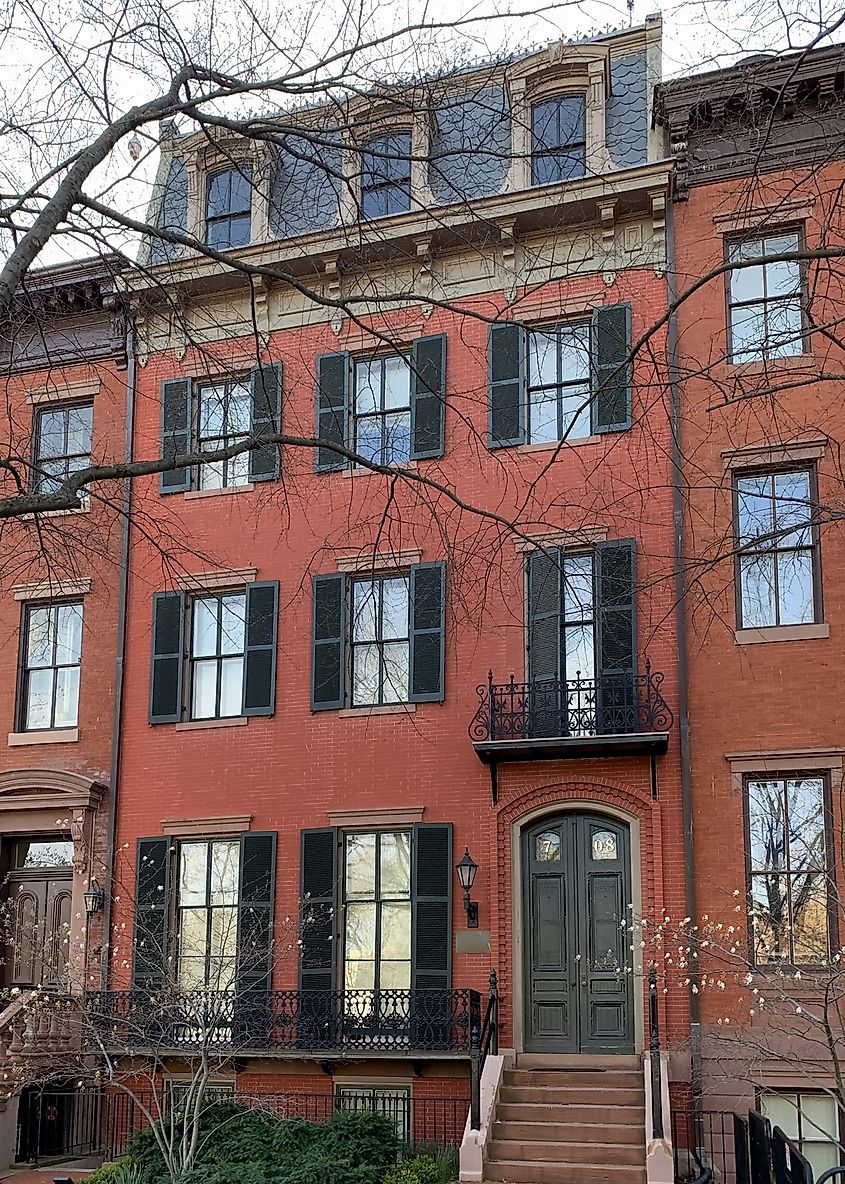
For both security reasons and convenience, when visiting Washington D.C., former presidents are encouraged to stay in the Trowbridge House, a historic building renovated in 2015 to serve as an accommodation for visiting former presidents. The Trowbridge House replaced the Presidential Townhouse as the official accommodation for former presidents in 2015, and it is now occupied by the Office of the National Cyber Director. The Trowbridge House is just a two-minute walk from the White House, making it a convenient and secure lodging option for former presidents who wish to visit on business-related trips.
Final Thoughts
The unique benefits granted to former presidents emphasize the enduring impact that these leaders have, even after their terms end. From securing their legacies through libraries to providing the tools necessary for ongoing communication and public engagement, these provisions ensure that they continue receiving good infrastructure and support. These measures simultaneously honor their service while allowing them to continue contributing in meaningful ways, both within the country and abroad.











